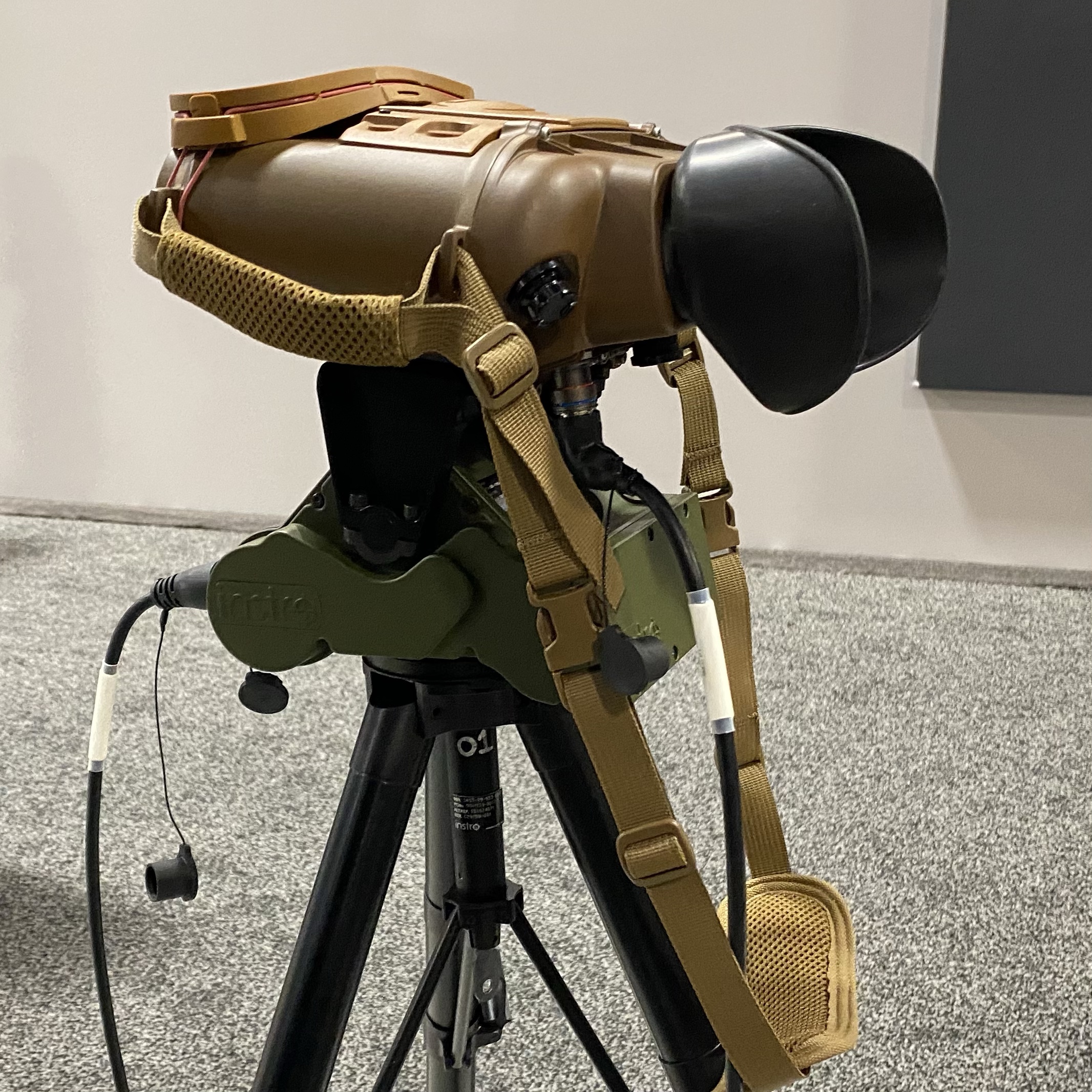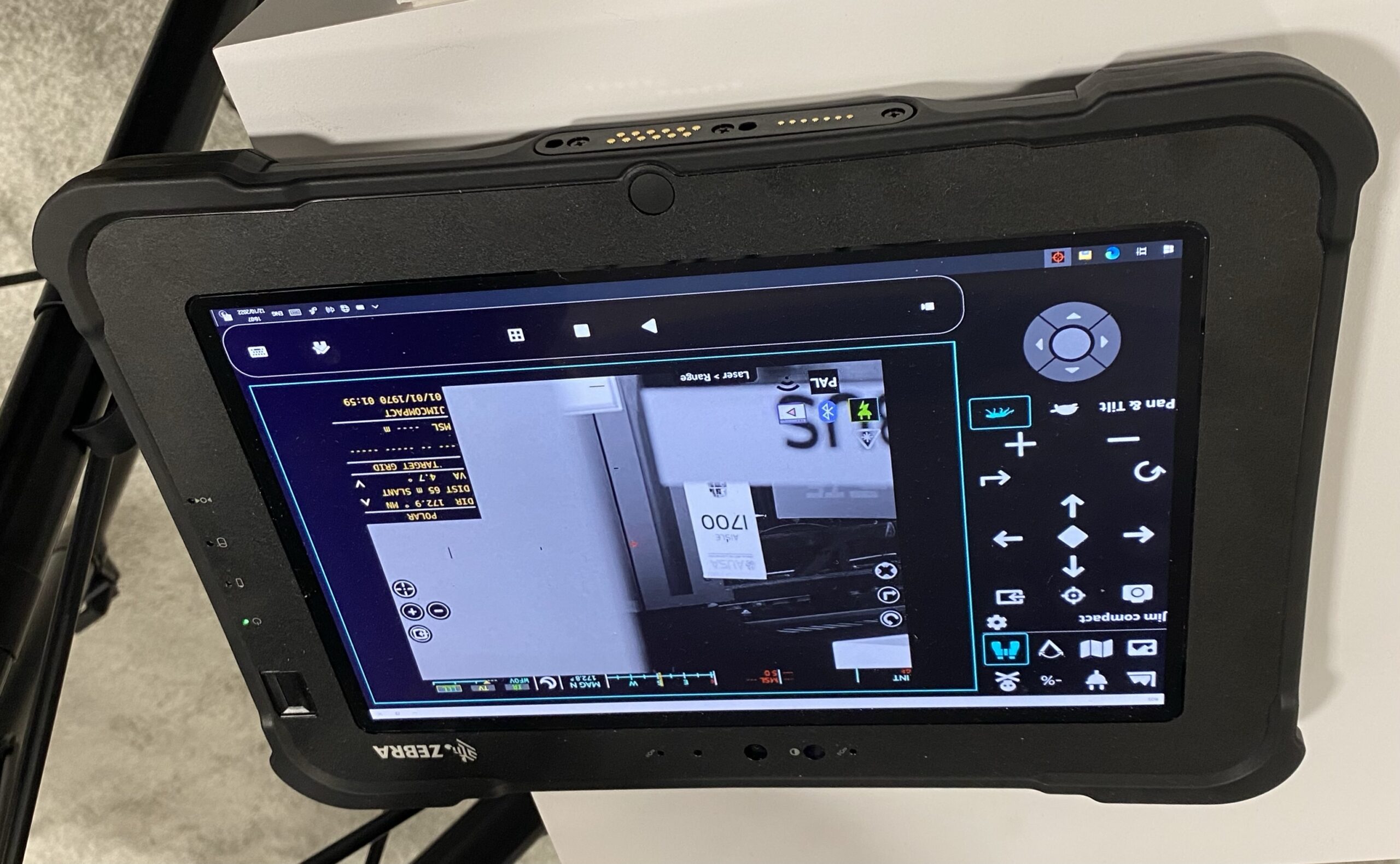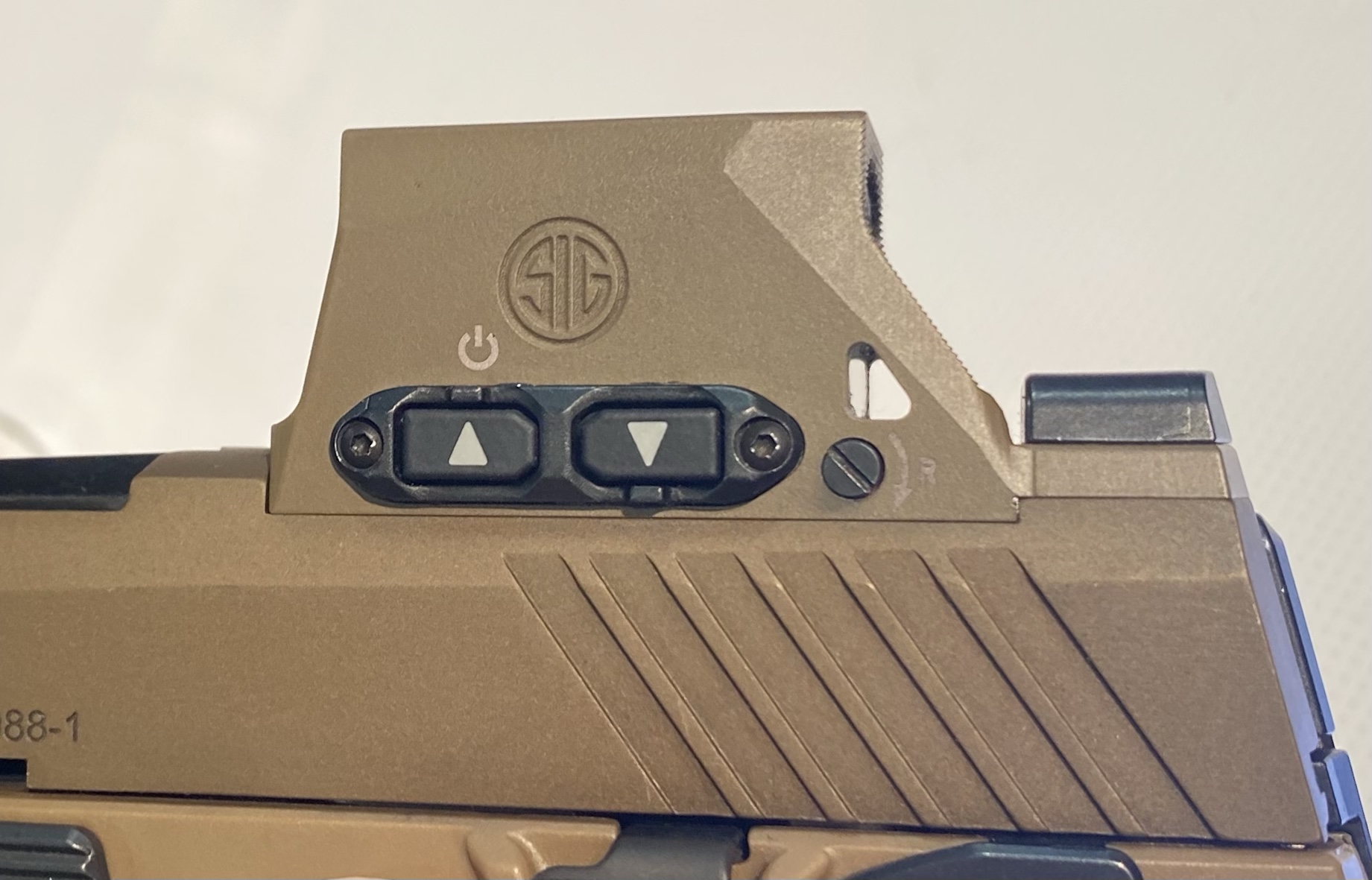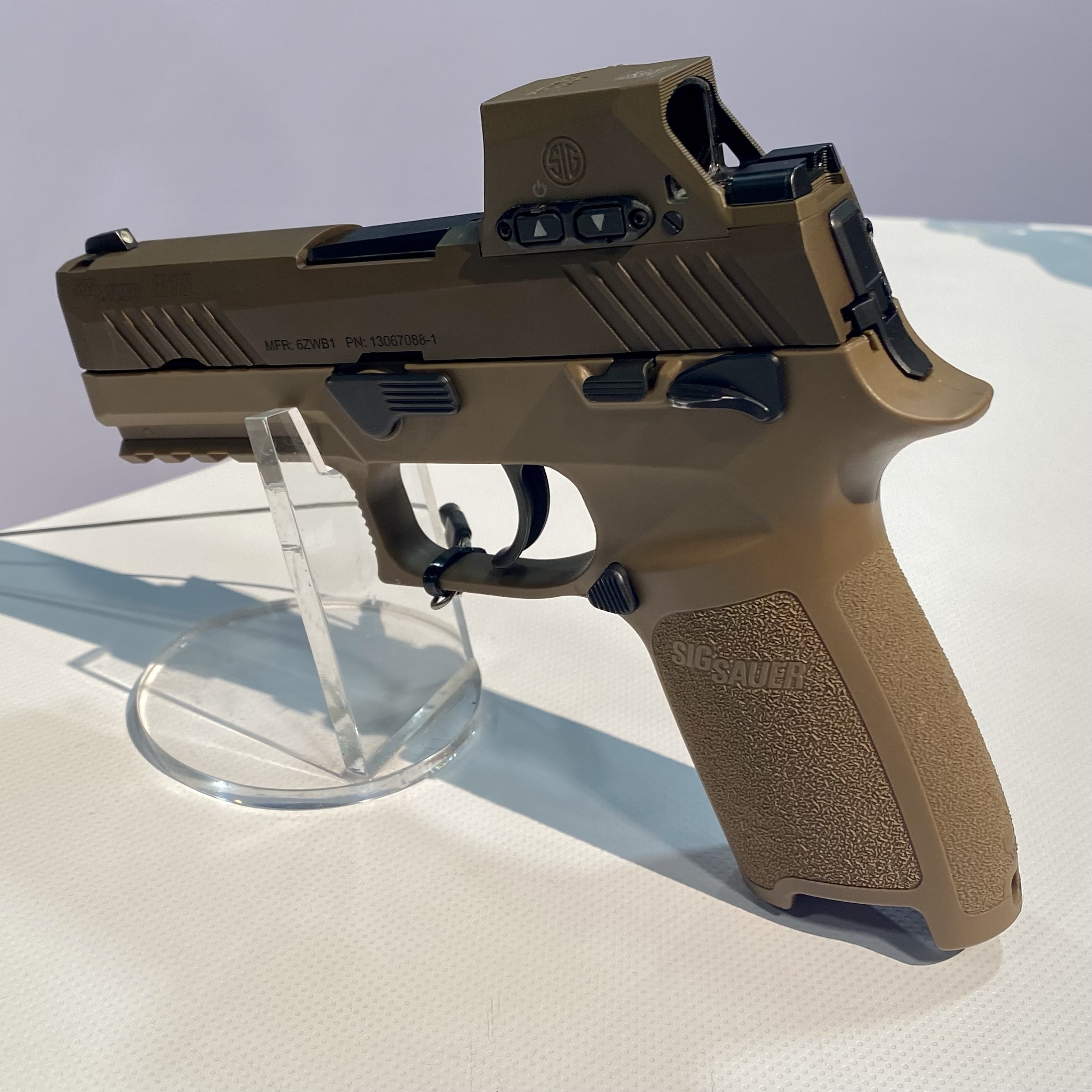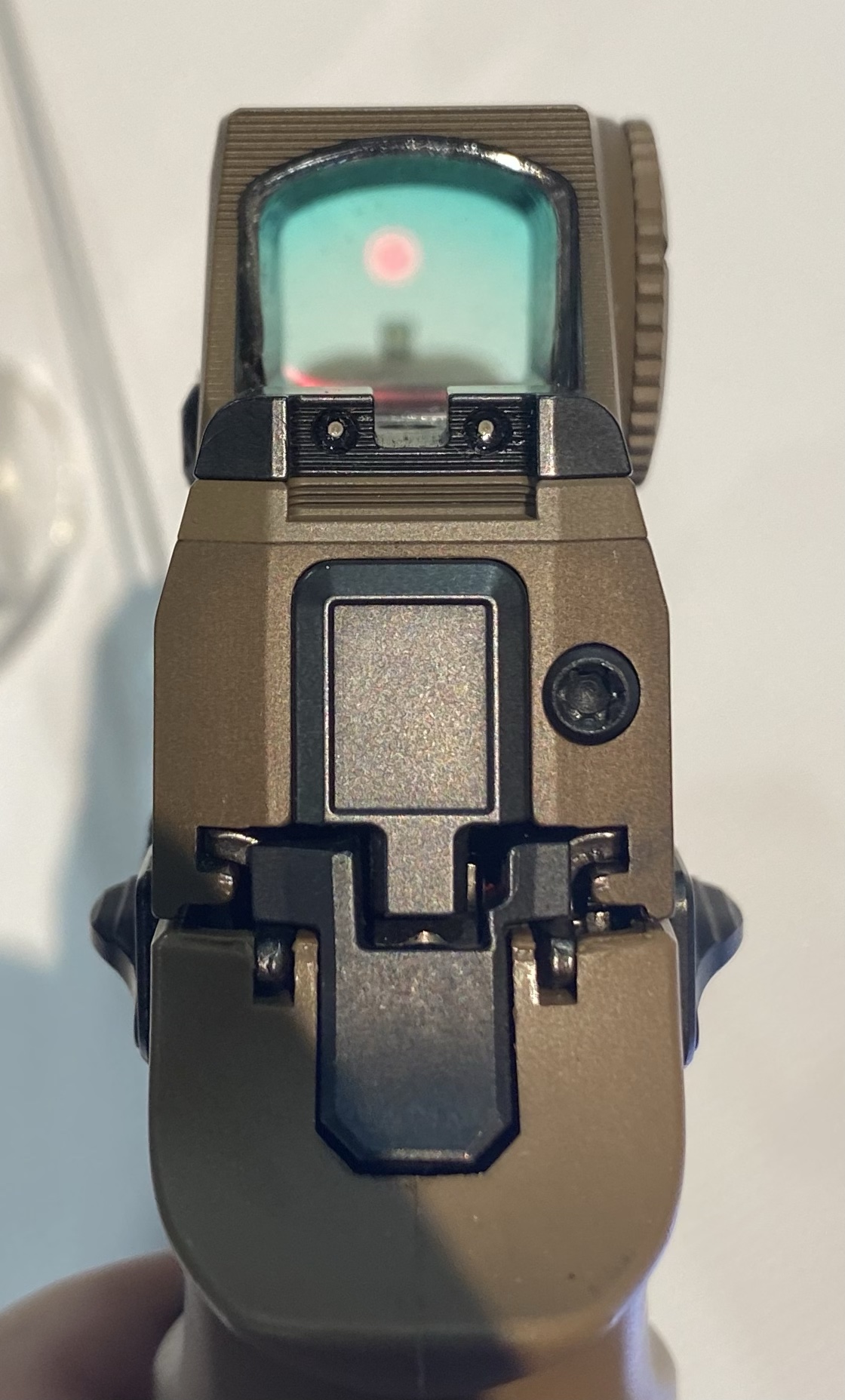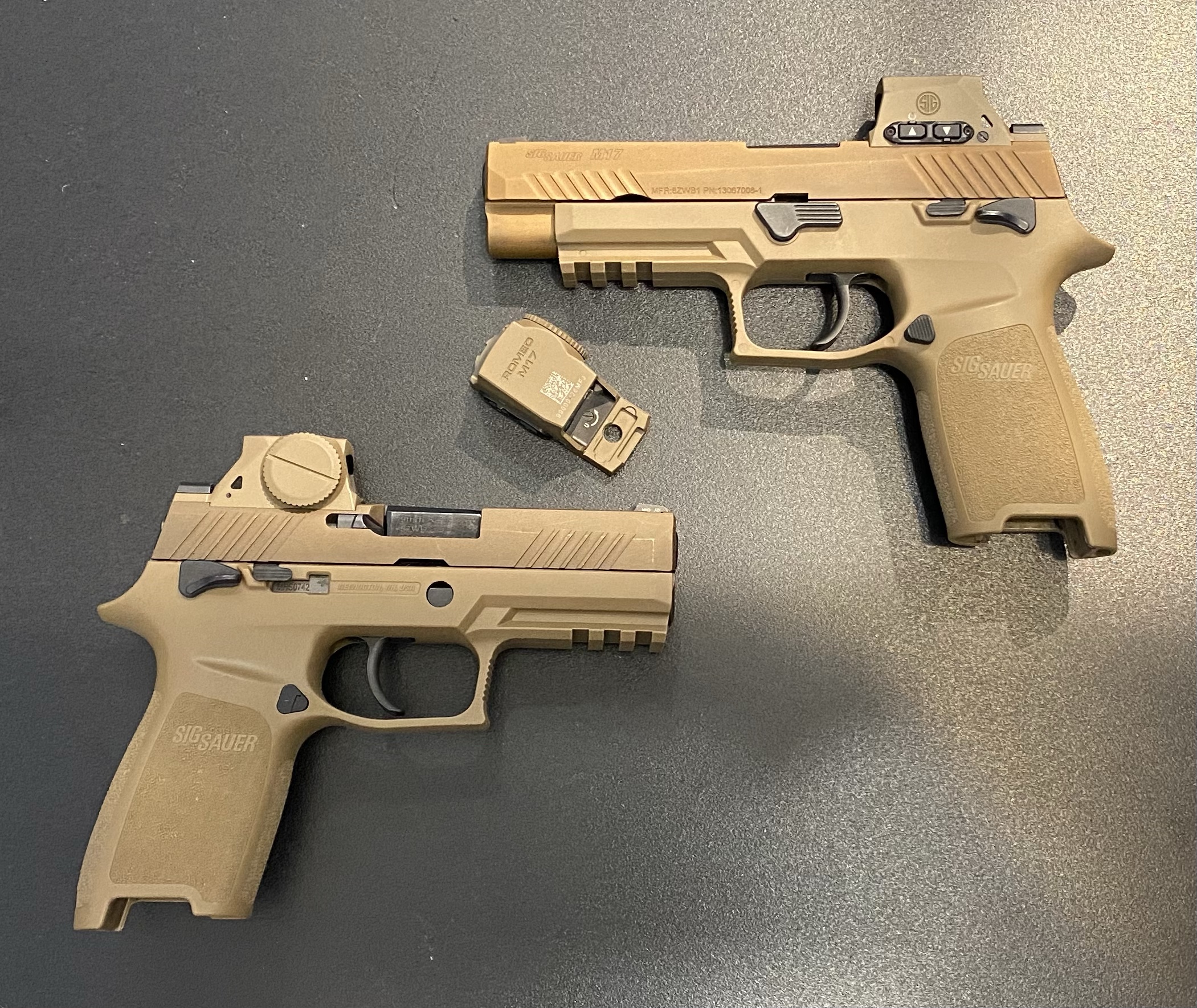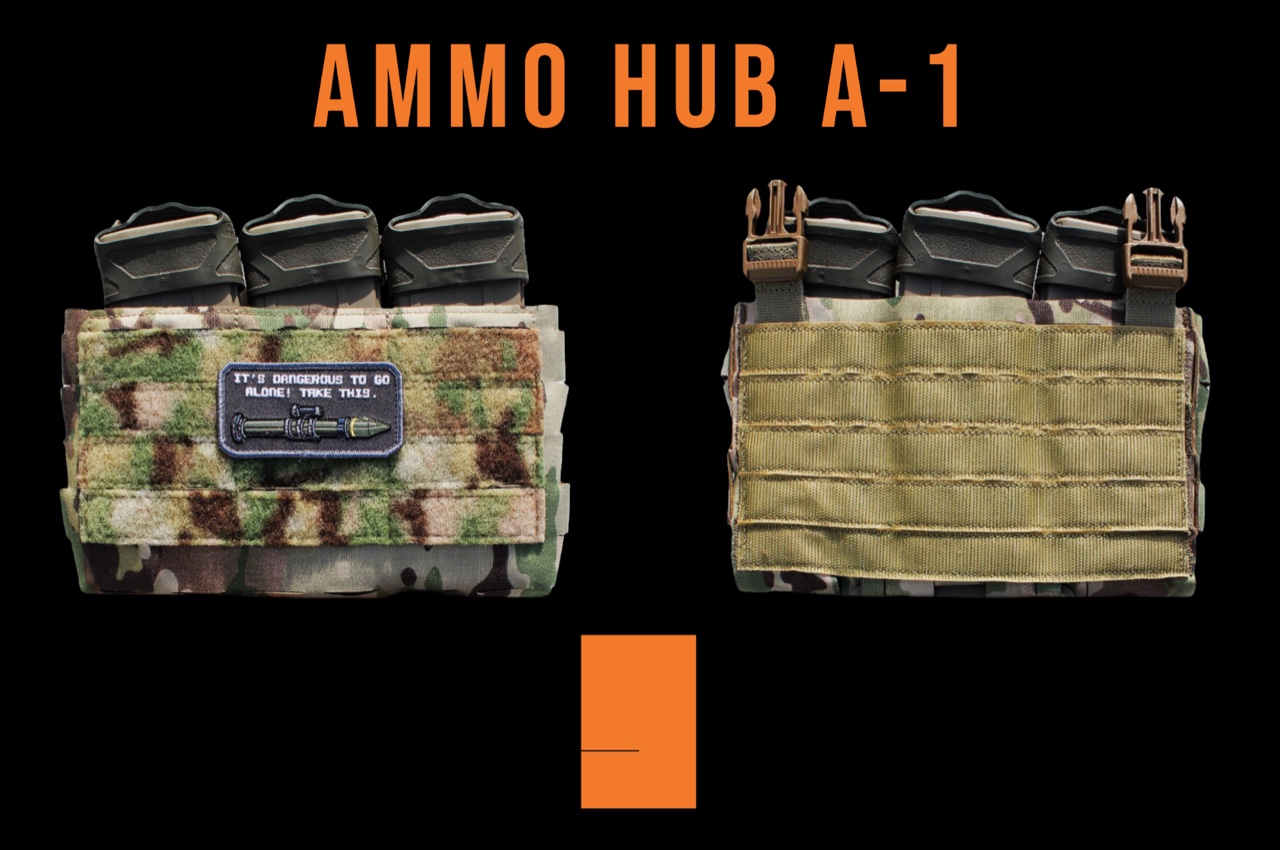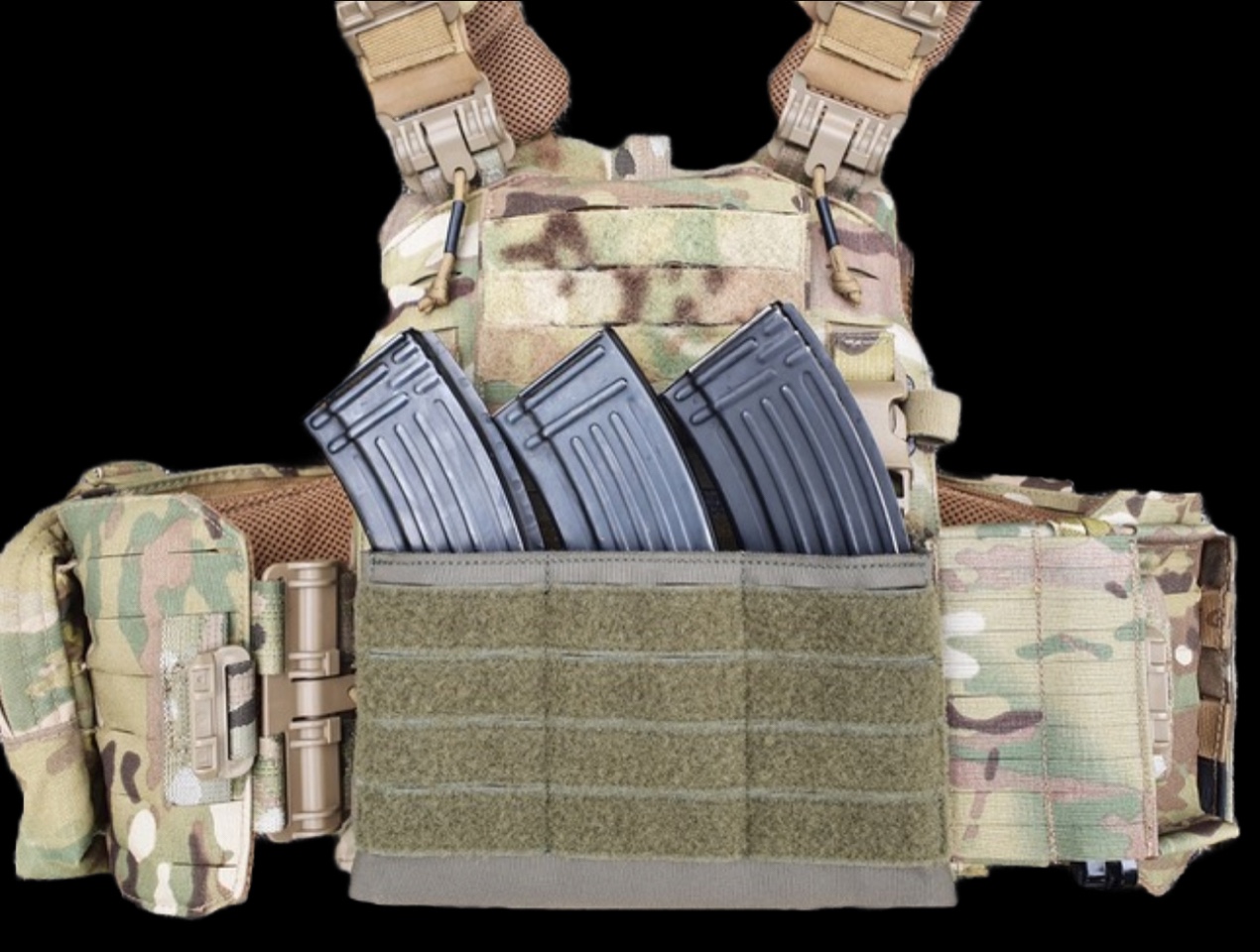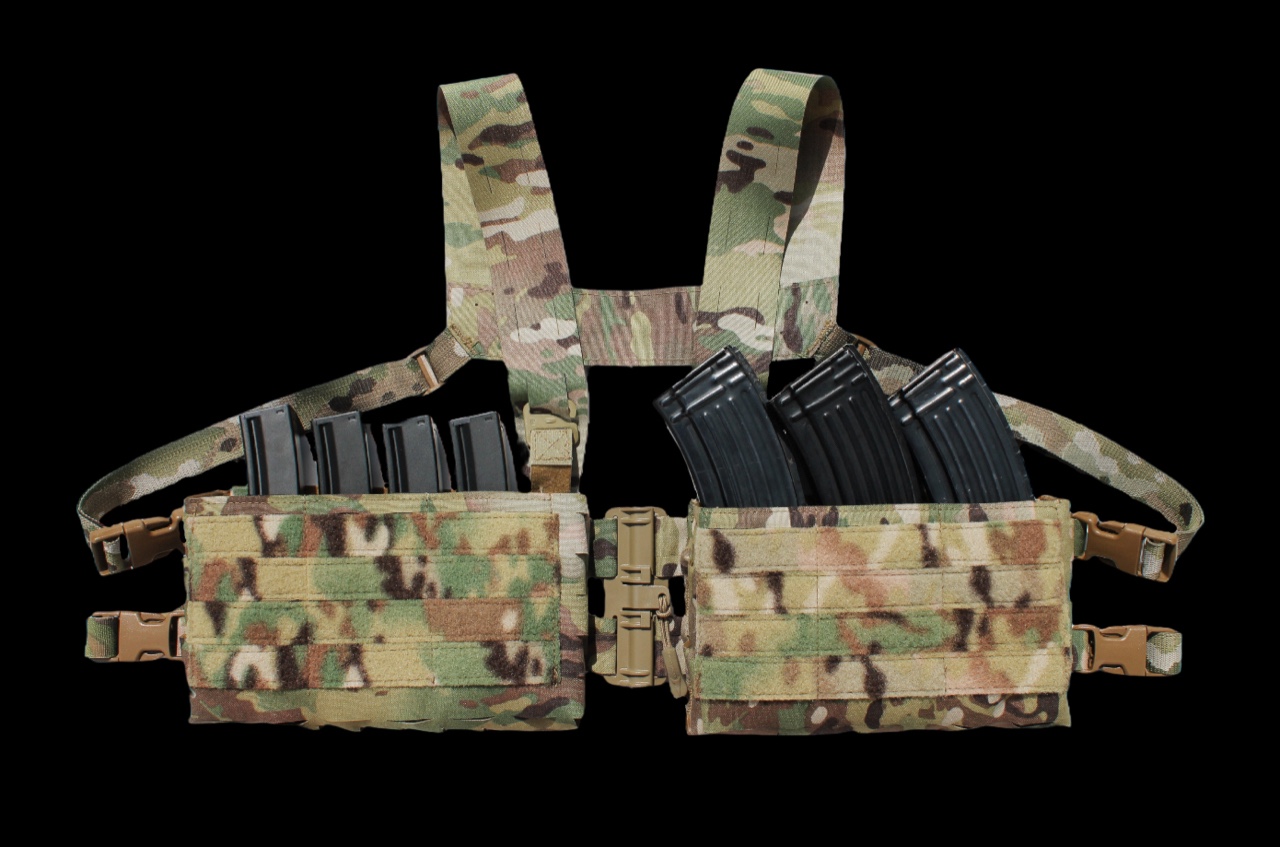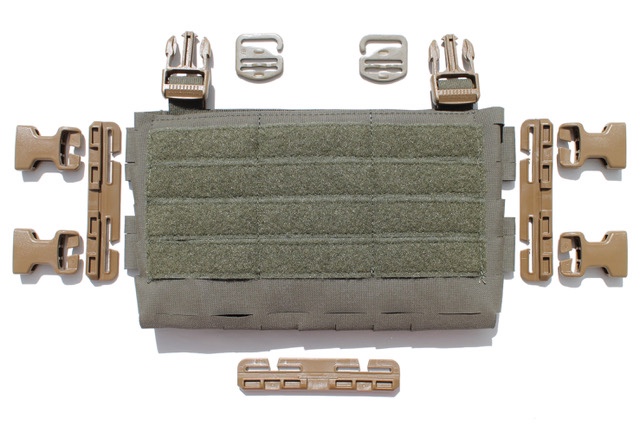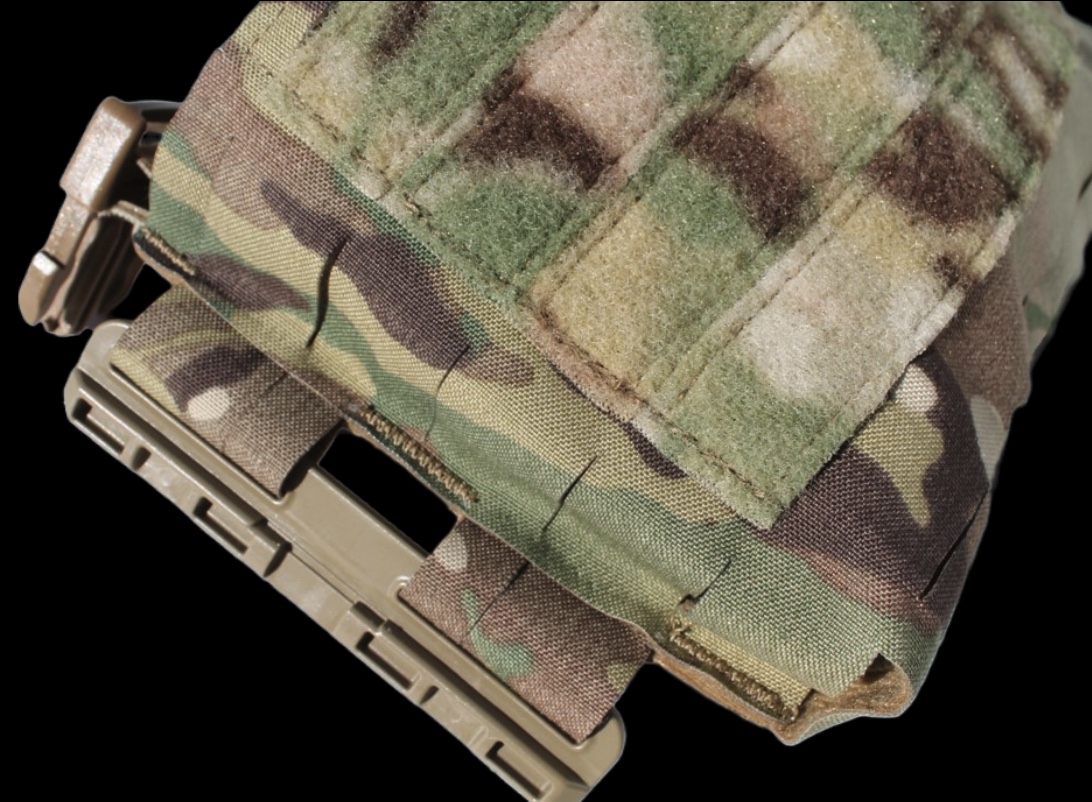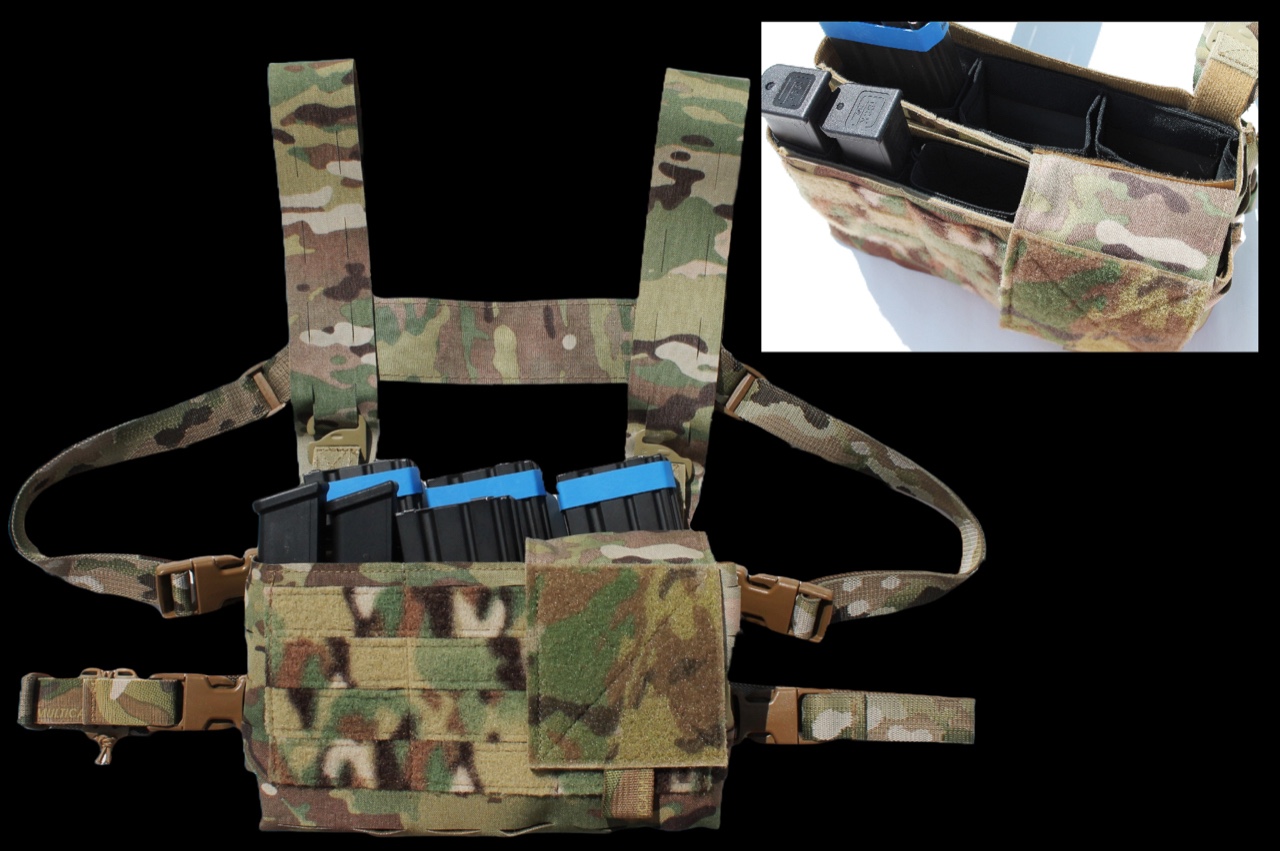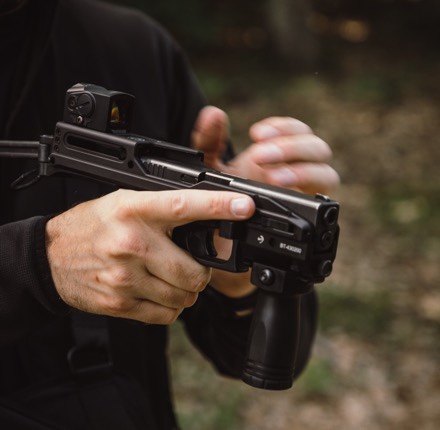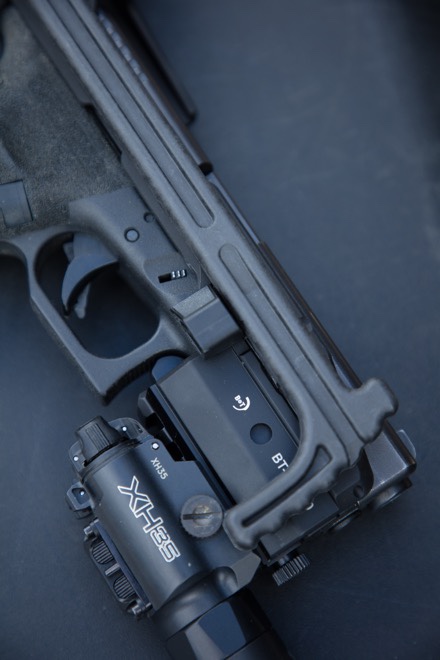Minister Anand announces investment of up to $3.7 billion to supply operational clothing and footwear to the Canadian Armed Forces
October 20, 2022 – Saint-Jean-sur-Richelieu, QC – National Defence / Canadian Armed Forces
Today, the Minister of National Defence, Anita Anand, announced that Logistik Unicorp based in Saint-Jean-sur-Richelieu, Quebec, has been awarded a contract to provide operational clothing and footwear to the Canadian Armed Forces (CAF). This contract, valued at up to $3.7 billion over 20 years, will support over 3000 jobs in Canada’s clothing, footwear and textile industries.
This investment will deliver approximately 1,222 different items of clothing and footwear worn by CAF members during their deployments, including:
• combat uniforms using Canadian Disruptive Pattern (CADPAT) camouflage,
• badges and insignias,
• footwear including combat boots, arid/hot weather boots, and mukluks,
• winter gear such as parkas, headwear and hand wear,
• soldiers’ personal equipment, such as sleeping bags and day packs.
This contract will deliver supplies for more than 160,000 people, including Regular and Reserve Force members, Canadian Rangers, Junior Rangers, search and rescue technicians, firefighters and Cadets. This contract also contains provisions to enable the ad hoc procurement of equipment required for unexpected deployment operations – such as the immediate supply of Personal Protective Equipment during critical emergencies.
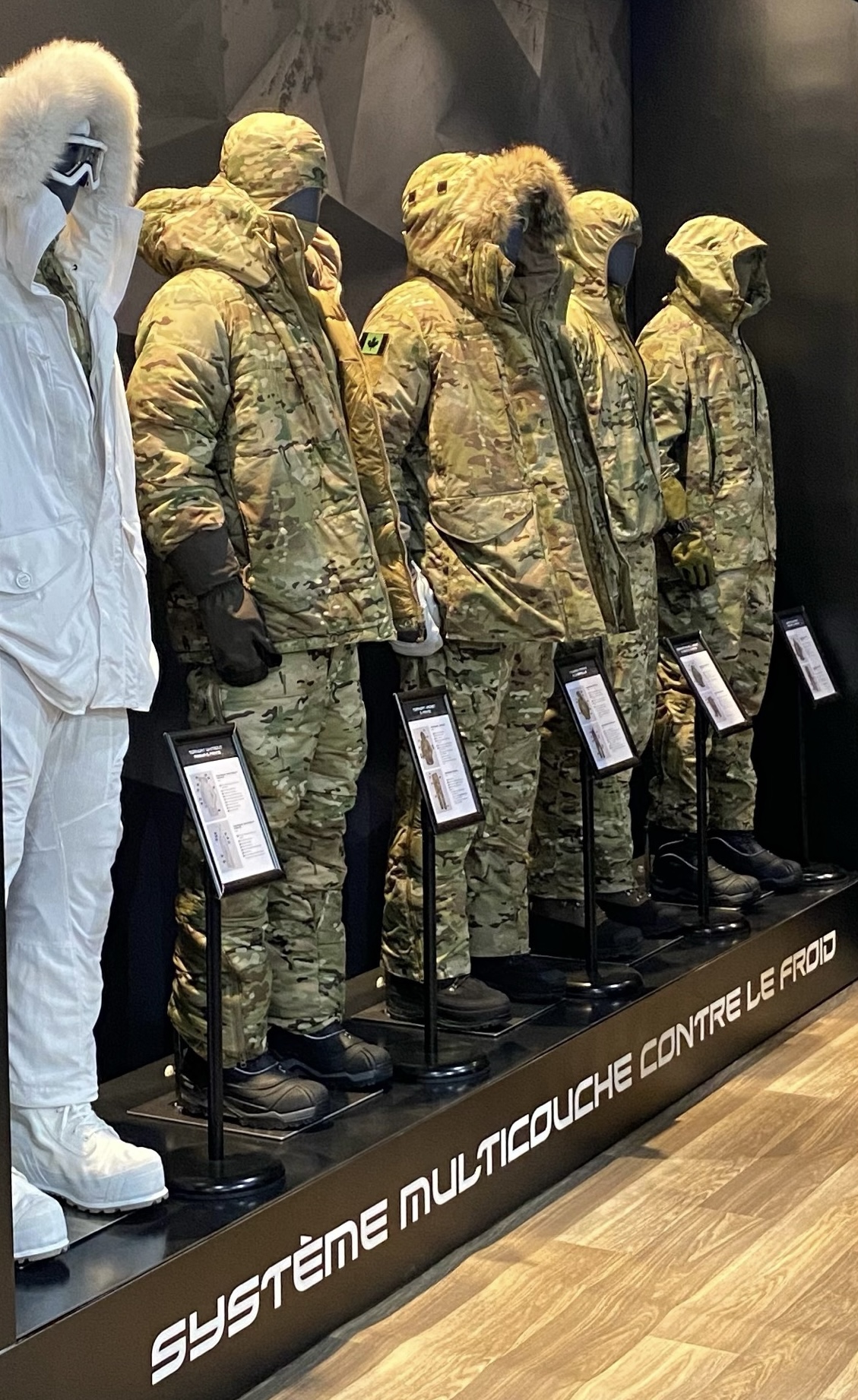
Today’s Operational Clothing and Footwear Consolidated Contract (OCFC2) represents a new approach to supplying the operational gear that the CAF needs to succeed on domestic and international operations. Once the contract is fully implemented, members will be able to order items online and have orders shipped to their door, while also providing the CAF with the ability to continue distributing uniforms directly to units. This new approach will deliver better resource and inventory management for the CAF, improve item availability, and provide better value for taxpayers.
This project will deliver concrete economic benefits to Quebecers and all Canadians. Logistik Unicorp will invest in research and development and skills training in the textile, apparel and footwear sectors, which will generate additional jobs and export opportunities. Logistik Unicorp must also conform to mandatory Canadian content requirements by ensuring that the majority of manufacturing of clothing and footwear items is done in Canada.
The Government of Canada is committed to providing the CAF with the equipment and tools that they need to serve Canada domestically and internationally.
“Today’s investment will support thousands of well-paying jobs for Canadian workers, and deliver modern, cutting-edge equipment for the members of the Canadian Armed Forces.
The Canadian Armed Forces uniform is a source of great pride for Canadians at home and abroad, and this new contract with Logistik Unicorp will ensure that our members have the equipment they need, when they need it to fulfill the duties that we ask of them. I look forward to seeing the results of today’s investment, which is great news for Quebecers and all Canadians.”
– The Honourable Anita Anand, Minister of National Defence
Quick facts
• Currently, operational clothing and footwear items are being procured through multiple individual contracts. By combining the various contracts into one, we will achieve greater efficiency and availability of items the CAF needs and better value for taxpayers.
• This contract is the result of a competitive process and the winning bidder is qualified and capable of delivering a managed clothing solution to the CAF.
• Delivery of items to clothing stores will commence during the second year of the contract, and individual online ordering capability is targeted to be implemented during the third year.
• This contract also incentivizes the contractor to include Indigenous businesses as part of its supply chain.
• The Industrial and Technological Benefits (ITB) Policy, was applied to the OCFC2 request for proposal requirements to leverage economic benefits for Canada equal to the value of the logistics services component of the contract. As a result, the contract will ensure long-term, sustainable support for the Canadian apparel, textile and footwear sectors.
• Logistik Unicorp has experience in ensuring that Gender-based Analysis Plus (GBA Plus) considerations are incorporated. Procured items will meet the requirements of the diverse CAF population with a faster turnaround time.
